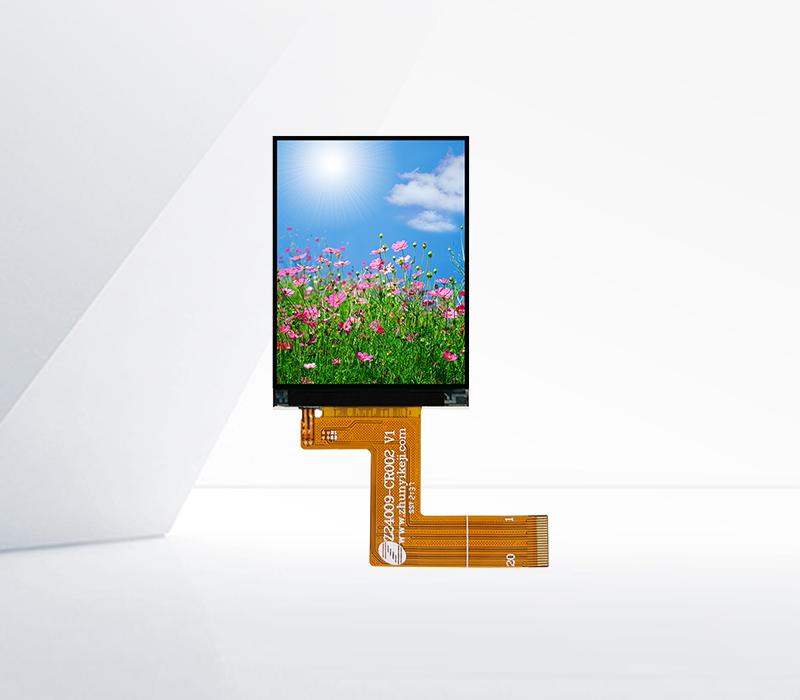




Liquid Crystal Displays (LCDs) have become an integral part of our daily lives, found in devices ranging from smartphones and tablets to computer monitors and televisions. The operation of an LCD is made possible by its driver, which plays a crucial role in controlling the display.
At the heart of the LCD driver principle lies the concept of liquid crystal behavior. Liquid crystals are substances that have properties between those of a liquid and a solid. In an LCD, these liquid crystals are placed between two glass plates. The LCD driver is responsible for applying an electric field to the liquid crystals. When an electric field is applied, the orientation of the liquid crystals changes. This change in orientation affects the way light passes through them.
There are two main types of LCDs: passive - matrix and active - matrix. In passive - matrix LCDs, the driver applies a voltage across rows and columns of liquid - crystal cells. When a particular cell is selected, a voltage is applied to it, causing the liquid crystals in that cell to change their orientation. However, passive - matrix LCDs have limitations in terms of response time and image quality, as the non - selected cells can also be affected by the applied voltage to some extent.
Active - matrix LCDs, on the other hand, use thin - film transistors (TFTs) for each pixel. The LCD driver controls the TFTs, which act as switches for the liquid - crystal cells. When a pixel needs to be activated, the driver sends a signal to the corresponding TFT, which then allows the appropriate voltage to be applied to the liquid - crystal cell. This results in much faster response times and better image quality compared to passive - matrix LCDs. For example, in a high - resolution computer monitor, the LCD driver precisely controls thousands of TFTs to display sharp and clear images.
The LCD driver also needs to interface with the host device, such as a computer's graphics card or a smartphone's system - on - chip. It receives digital image data from the host and converts it into the appropriate signals to drive the liquid - crystal cells. This involves tasks like signal amplification, level shifting, and timing control to ensure that the image is displayed accurately and in sync with the input data.
